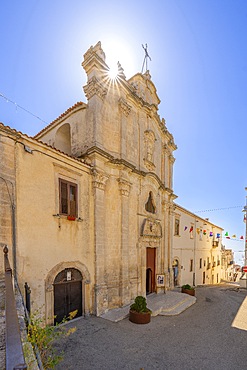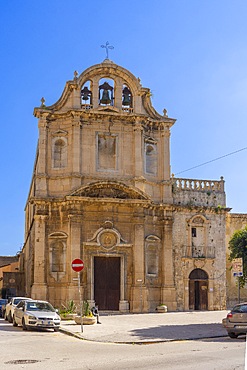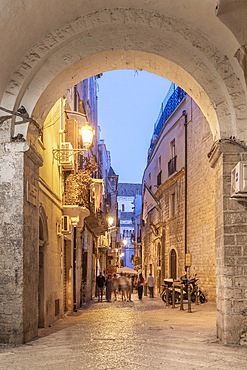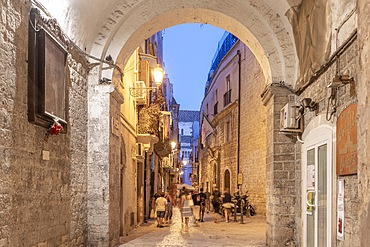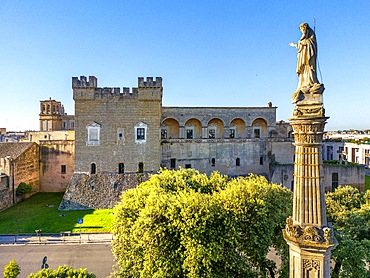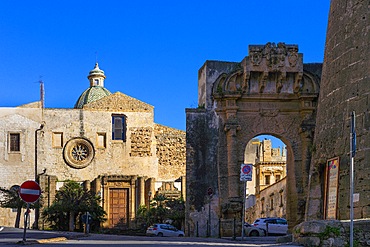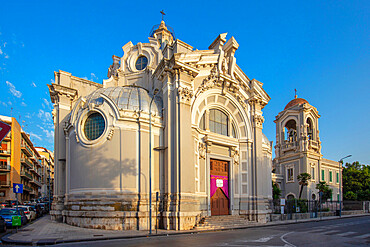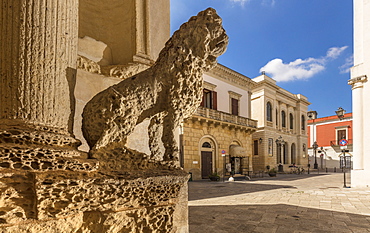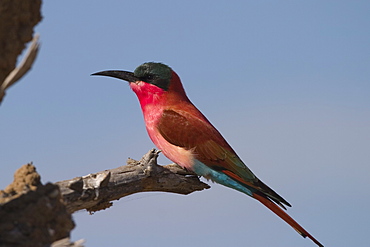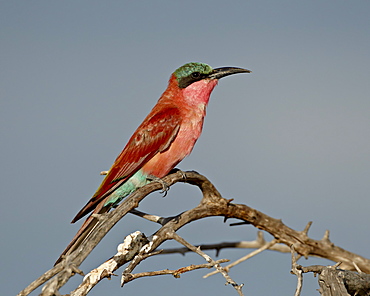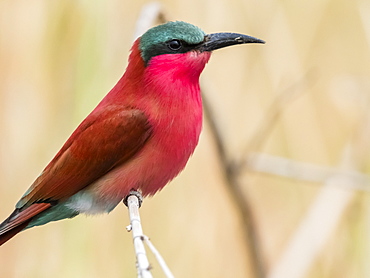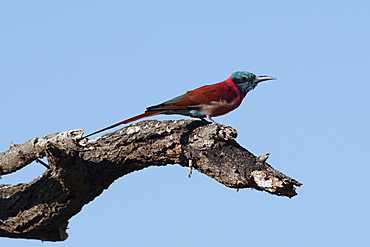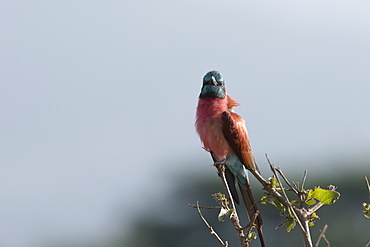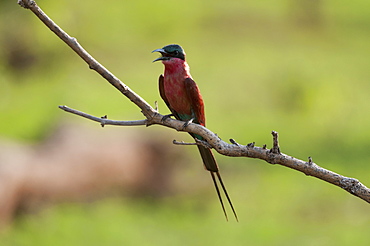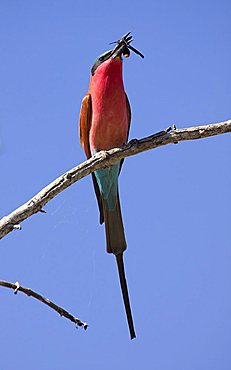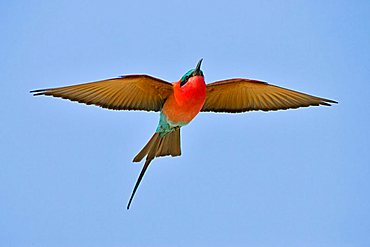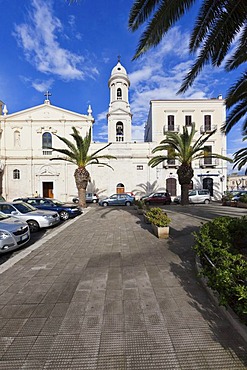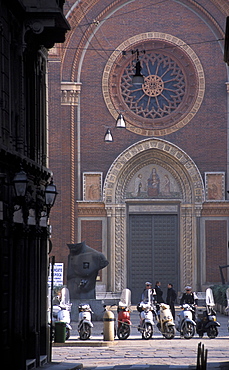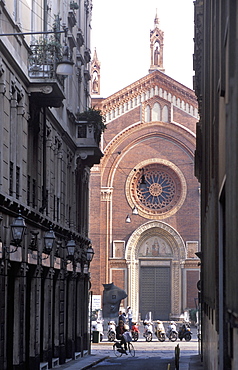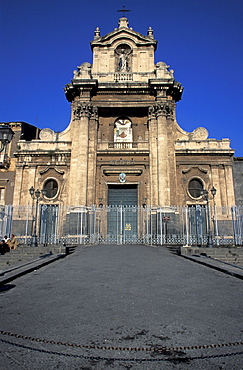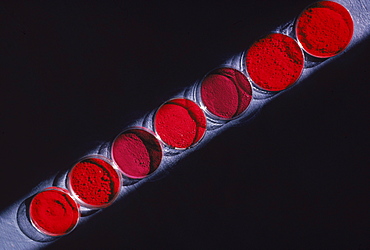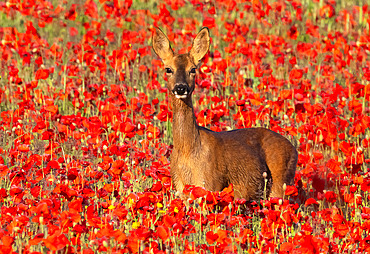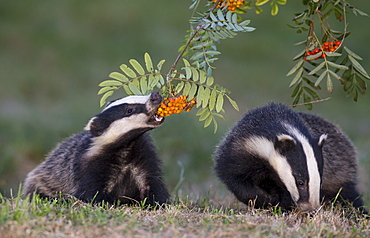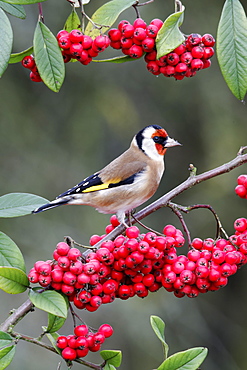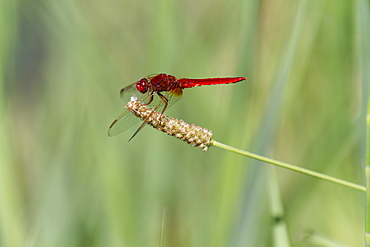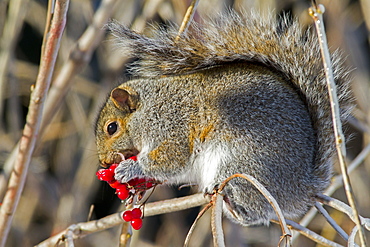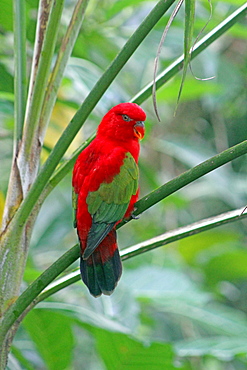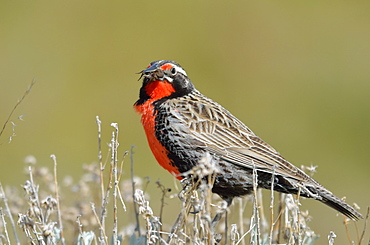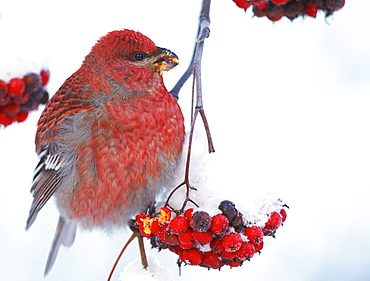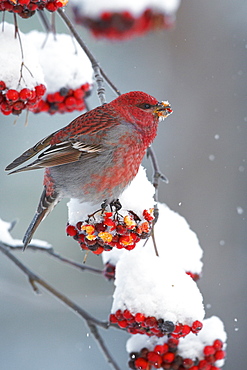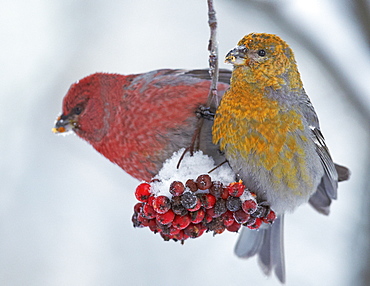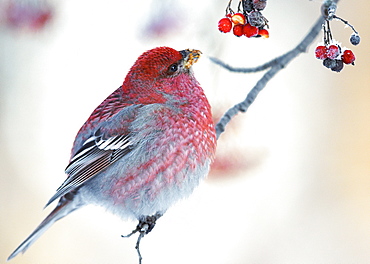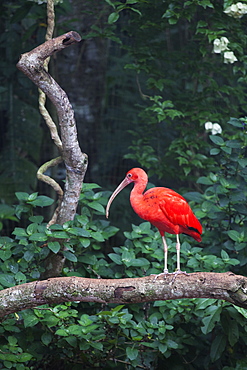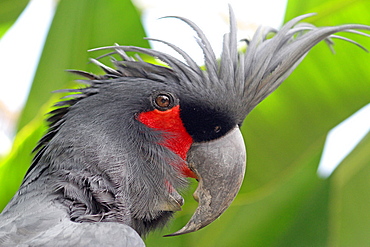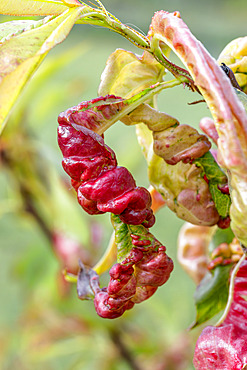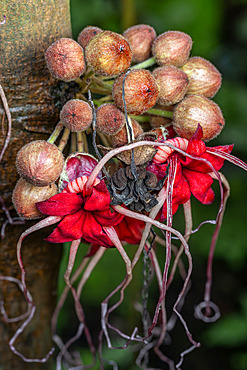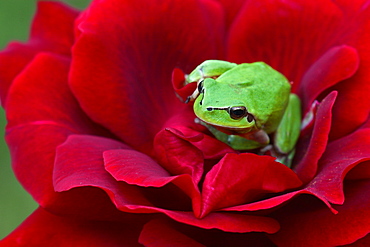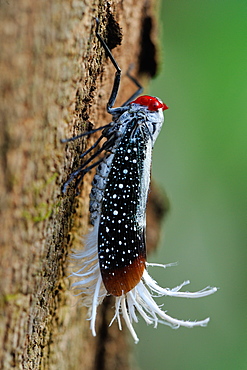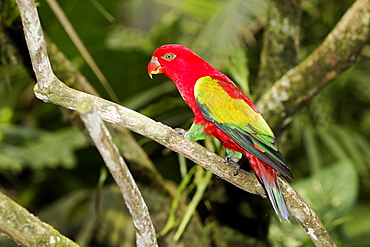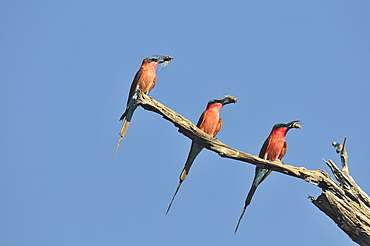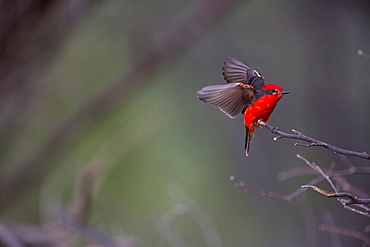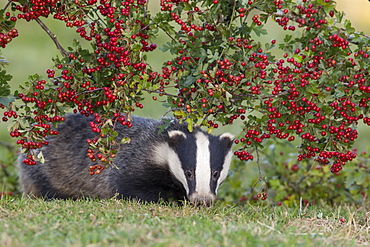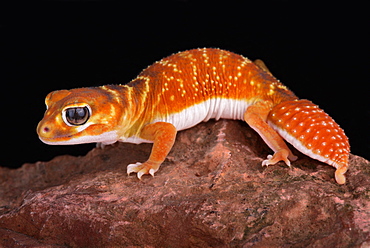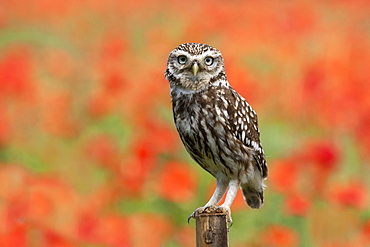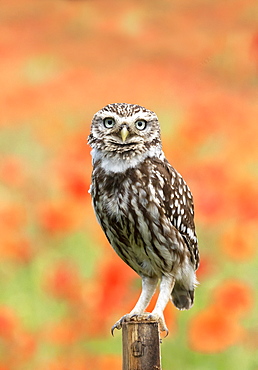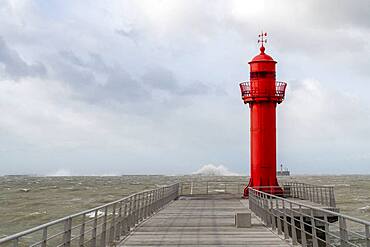Results
30 results found
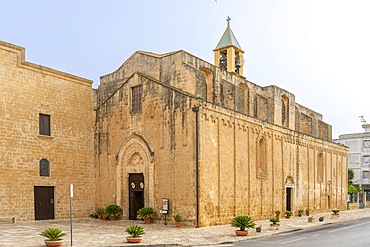
Sanctuary Minor Basilica Pontifical Virgin SS del Carmelo, basilica del Carmine, Mesagne, Brindisi, Salento, Apulia, Italy
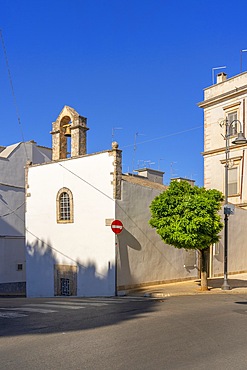
Arciconfraternita del Carmine (Archconfraternity of Carmine), Martina Franca, Taranto, Apulia, Italy

Southern carmine bee-eater (carmine bee-eater) (Merops nubicoides) with an insect, Kruger National Park, South Africa, Africa
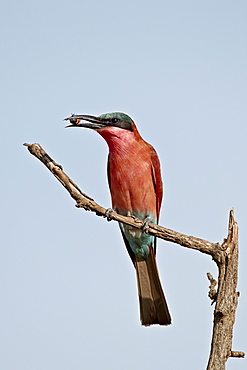
(Southern) carmine bee-eater (Merops nubicoides) with an insect, Kruger National Park, South Africa, Africa
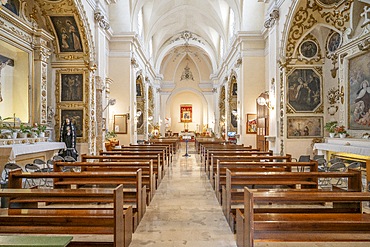
Sanctuary Minor Basilica Pontifical Virgin SS del Carmelo, basilica del Carmine, Mesagne, Brindisi, Salento, Apulia, Italy
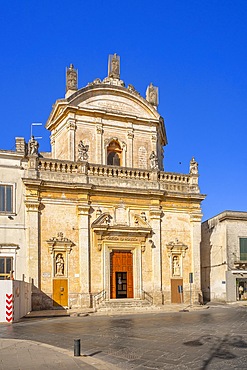
Chiesa della Madonna del Carmine (Church of Our Lady of Mount Carmel), Manduria, Taranto, Apulia, Italy
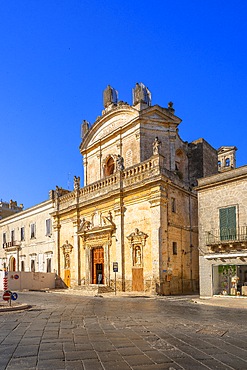
Chiesa della Madonna del Carmine (Church of Our Lady of Mount Carmel), Manduria, Taranto, Apulia, Italy
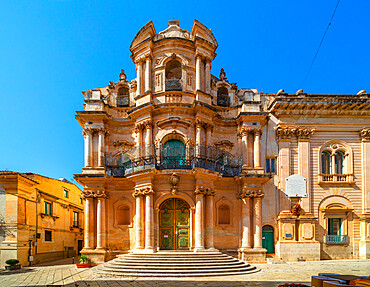
Church of the Carmine, Scicli, Val di Noto, UNESCO World Heritage Site, Ragusa, Sicily, Italy, Europe
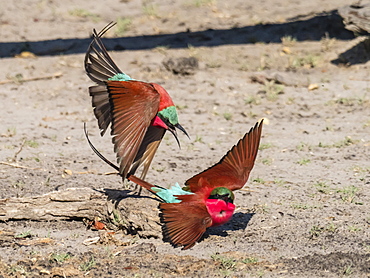
Adult southern carmine bee-eaters (Merops nubicoides), in confrontation in Chobe National Park, Botswana, Africa
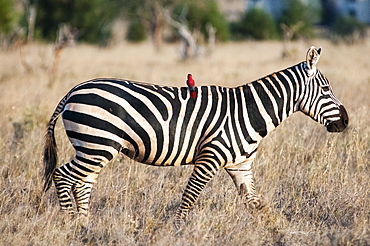
Plains zebra (Equus quagga), one southern carmine bee-eater (Merops nubicoides) on the croup, Taita Hills Sanctuary, Kenya, East Africa, Africa
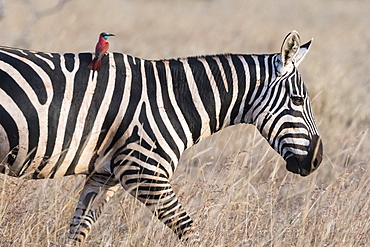
Portrait of a common zebra (Equus quagga), walking with a northern carmine bee-eater (Merops rubicus) on its back, Kenya, East Africa, Africa
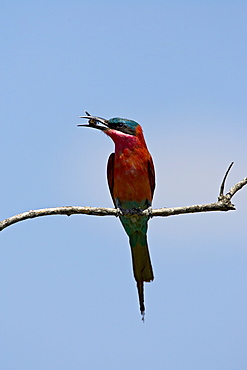
(Southern) carmine bee-eater (Merops nubicoides) with an insect, Kruger National Park, South Africa, Africa
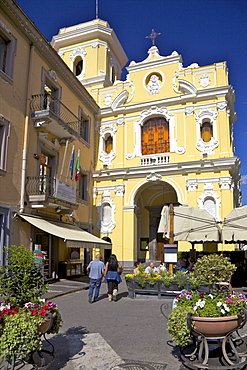
Church of the Madonna del Carmine in Piazzo Tasso in Sorrento, Neapolitan Riviera, Campania, Italy, Europe
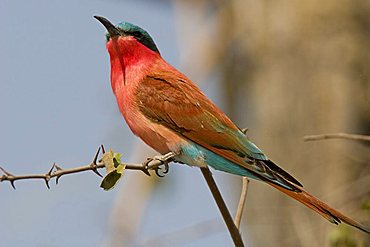
Southern Carmine Bee-eater (Merops nubicoides) perched on a branch, Chobe National Park, Botswana, Africa
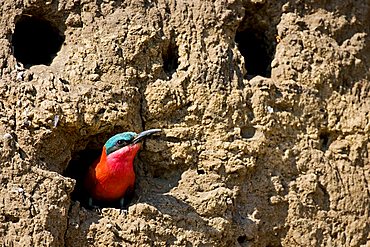
Southern Carmine Bee-eater (Merops nubicoides) in a nesting cave on the steep banks of the Okavango River, Botswana, Africa

Southern carmine bee-eater (Merops nubicoides), Crimson pint looking out of breeding cave, Zambia, Africa

Helium balloons, children's balloons, Chiesa della Madonna del Carmine, church, without wires, Scigli, baroque town, baroque corner, southeast, Sicily, Italy, Europe
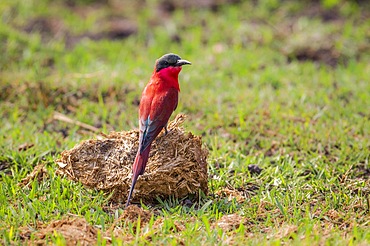
Southern carmine bee eater (Merops nubicoides), perched on a ball of elephant dung. Okavango Delta, Botswana, Africa
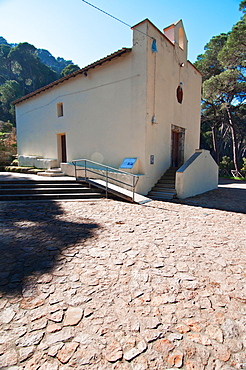
Nostra Signora del Carmine, Rural Church, Villacidro, Medio Campidano Province, Sardinia, Italy, Europe
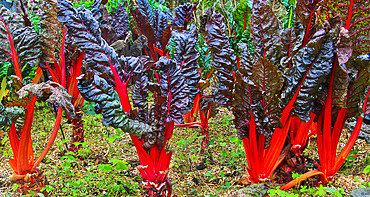
Chard Bright Lights, Arche de la Nature educational vegetable garden, Le Mans Metropole, Sarthe, France
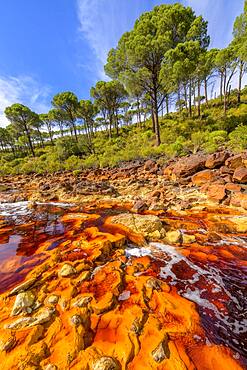
R?o Tinto, Andalucia, Spain *** Local Caption *** R?o Tinto ("Red River") is very acidic (Ph 2) and has a deep reddish hue due to iron dissolved in water. The acidity of the watercourse is linked to the drainage of pyrite, which is very present in the subsoil. Extremophilic and endemic bacteria and algae colonize the river bed, forming a fragile biofilm that evokes the hot springs of Yellowstone Park in the USA.
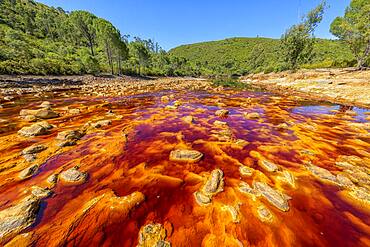
R?o Tinto, Andalucia, Spain *** Local Caption *** R?o Tinto ("Red River") is very acidic (Ph 2) and has a deep reddish hue due to iron dissolved in water. The acidity of the watercourse is linked to the drainage of pyrite, which is very present in the subsoil. Extremophilic and endemic bacteria and algae colonize the river bed, forming a fragile biofilm that evokes the hot springs of Yellowstone Park in the USA.
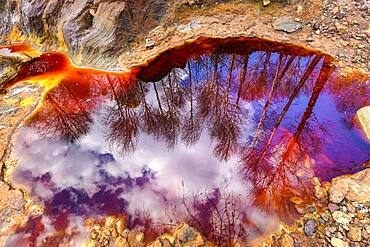
Reflections on Rio Tinto, near its source, Andalusia, Spain *** Local Caption *** R?o Tinto ("Red River") is very acidic (Ph 2) and has a deep reddish hue due to iron dissolved in water. The acidity of the watercourse is linked to the drainage of pyrite, which is very present in the subsoil. Extremophilic and endemic bacteria and algae colonize the river bed, forming a fragile biofilm that evokes the hot springs of Yellowstone Park in the USA.

Clay loaded with iron oxides and dried out, Rio Tinto, Andalusia, Spain *** Local Caption *** R?o Tinto ("Red River") is very acidic (Ph 2) and has a deep reddish hue due to iron dissolved in water. The acidity of the watercourse is linked to the drainage of pyrite, which is very present in the subsoil. Extremophilic and endemic bacteria and algae colonize the river bed, forming a fragile biofilm that evokes the hot springs of Yellowstone Park in the USA.
